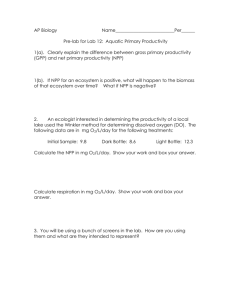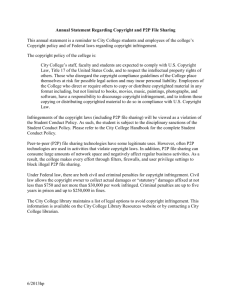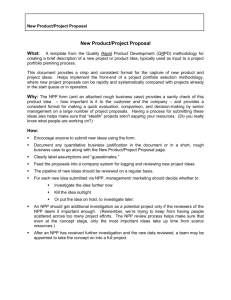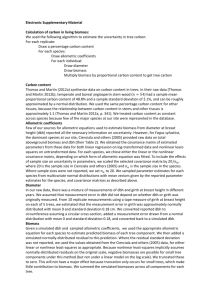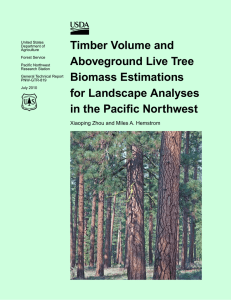Net Primary Production Lab - Pendleton
advertisement
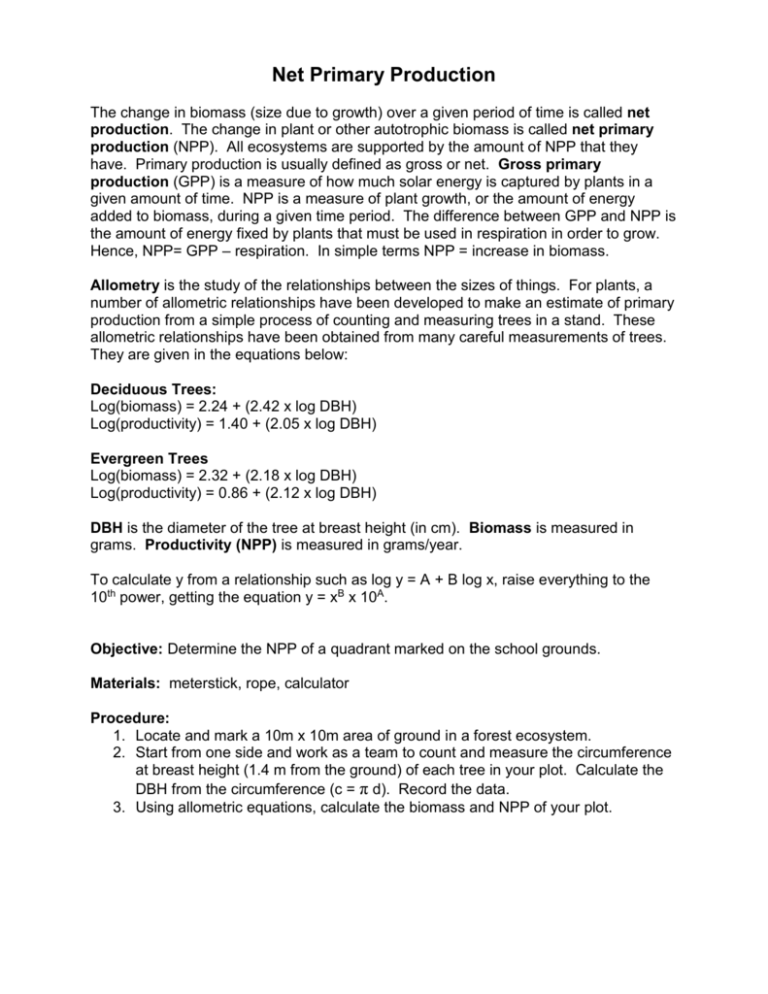
Net Primary Production The change in biomass (size due to growth) over a given period of time is called net production. The change in plant or other autotrophic biomass is called net primary production (NPP). All ecosystems are supported by the amount of NPP that they have. Primary production is usually defined as gross or net. Gross primary production (GPP) is a measure of how much solar energy is captured by plants in a given amount of time. NPP is a measure of plant growth, or the amount of energy added to biomass, during a given time period. The difference between GPP and NPP is the amount of energy fixed by plants that must be used in respiration in order to grow. Hence, NPP= GPP – respiration. In simple terms NPP = increase in biomass. Allometry is the study of the relationships between the sizes of things. For plants, a number of allometric relationships have been developed to make an estimate of primary production from a simple process of counting and measuring trees in a stand. These allometric relationships have been obtained from many careful measurements of trees. They are given in the equations below: Deciduous Trees: Log(biomass) = 2.24 + (2.42 x log DBH) Log(productivity) = 1.40 + (2.05 x log DBH) Evergreen Trees Log(biomass) = 2.32 + (2.18 x log DBH) Log(productivity) = 0.86 + (2.12 x log DBH) DBH is the diameter of the tree at breast height (in cm). Biomass is measured in grams. Productivity (NPP) is measured in grams/year. To calculate y from a relationship such as log y = A + B log x, raise everything to the 10th power, getting the equation y = xB x 10A. Objective: Determine the NPP of a quadrant marked on the school grounds. Materials: meterstick, rope, calculator Procedure: 1. Locate and mark a 10m x 10m area of ground in a forest ecosystem. 2. Start from one side and work as a team to count and measure the circumference at breast height (1.4 m from the ground) of each tree in your plot. Calculate the DBH from the circumference (c = π d). Record the data. 3. Using allometric equations, calculate the biomass and NPP of your plot. Data: Tree Type (C or D) Circumference DBH (cm) (cm) Biomass (g) NPP (g/year) 1 2 3 4 5 6 7 8 9 10 11 12 13 14 15 16 17 18 19 20 Totals Questions: 1. What is the total Biomass in kilograms? The NPP in kilograms/yr? 2. How could you determine the NPP change in this area 2 years from now? Explain. 3. Would you expect the biomass of these trees to double in two years? Explain. 4. Where is the mass that the trees gain coming from?

